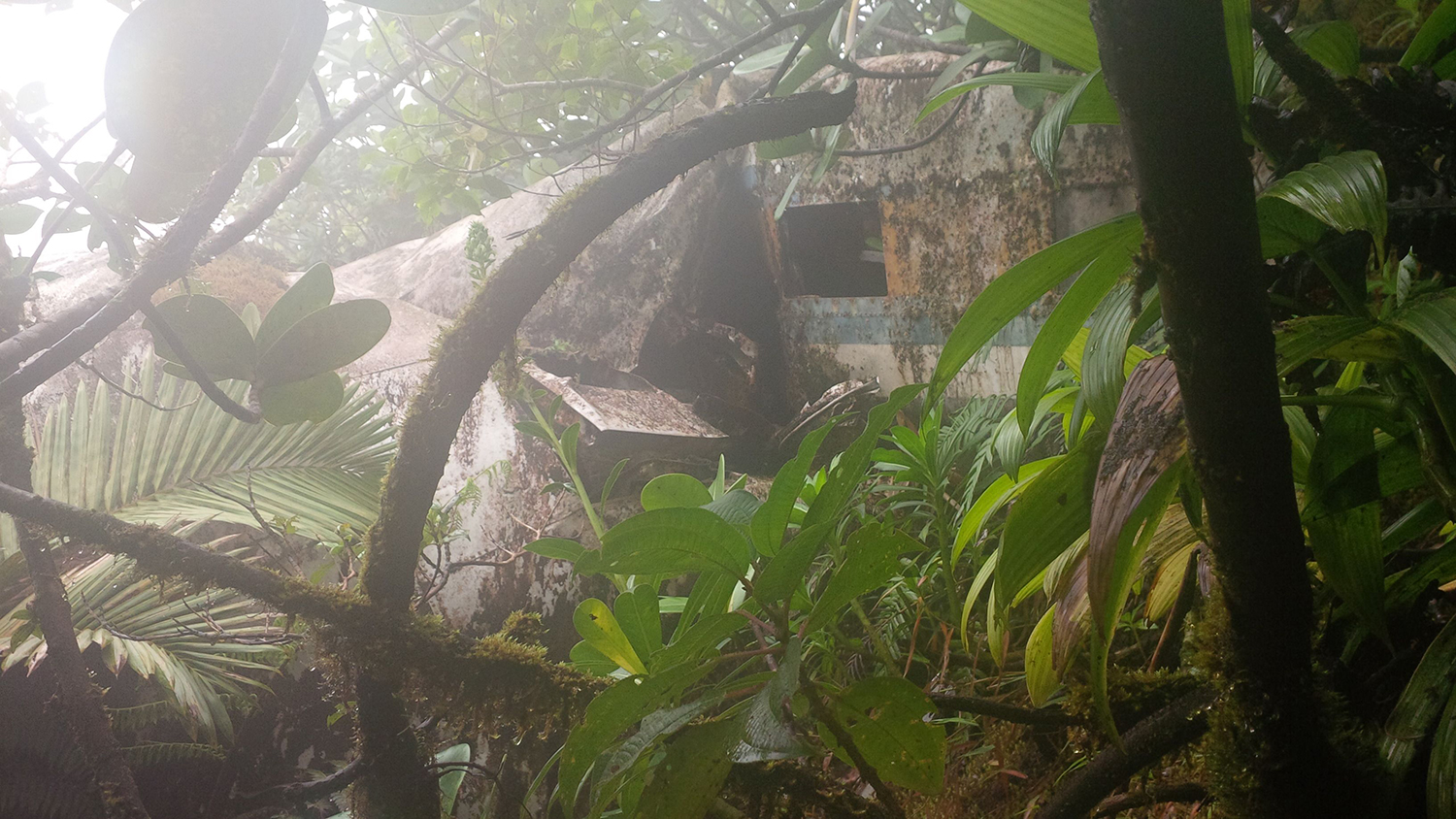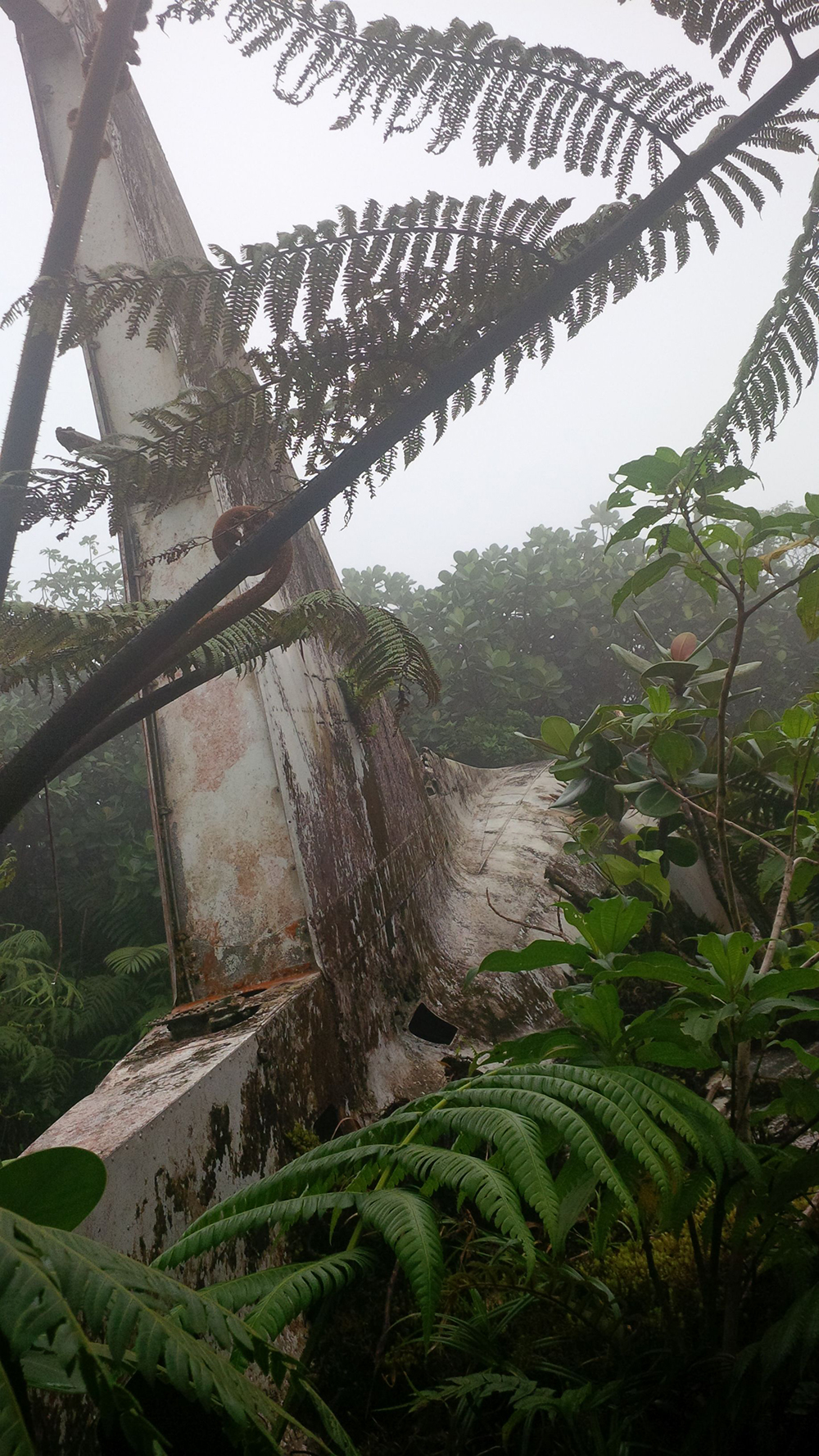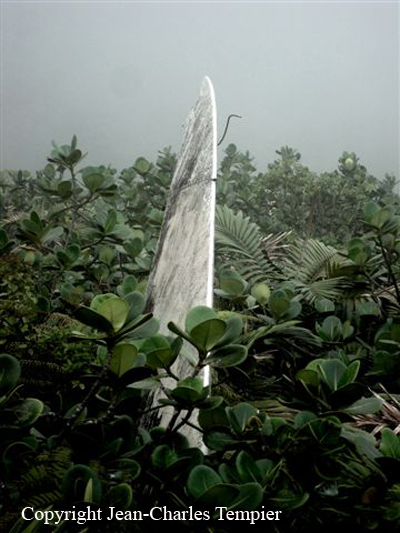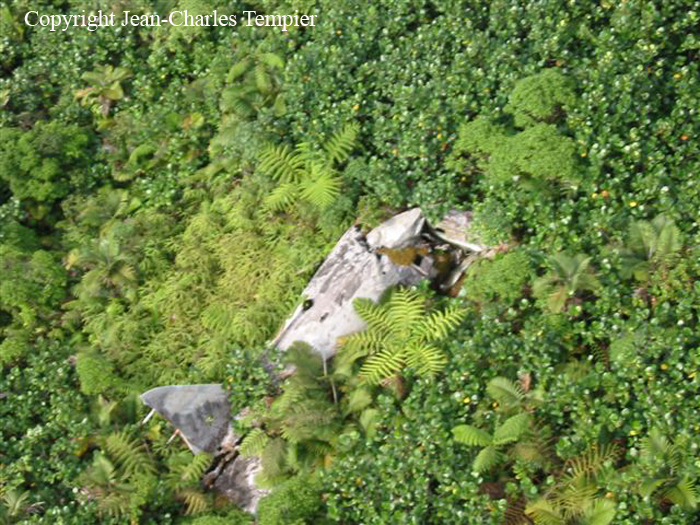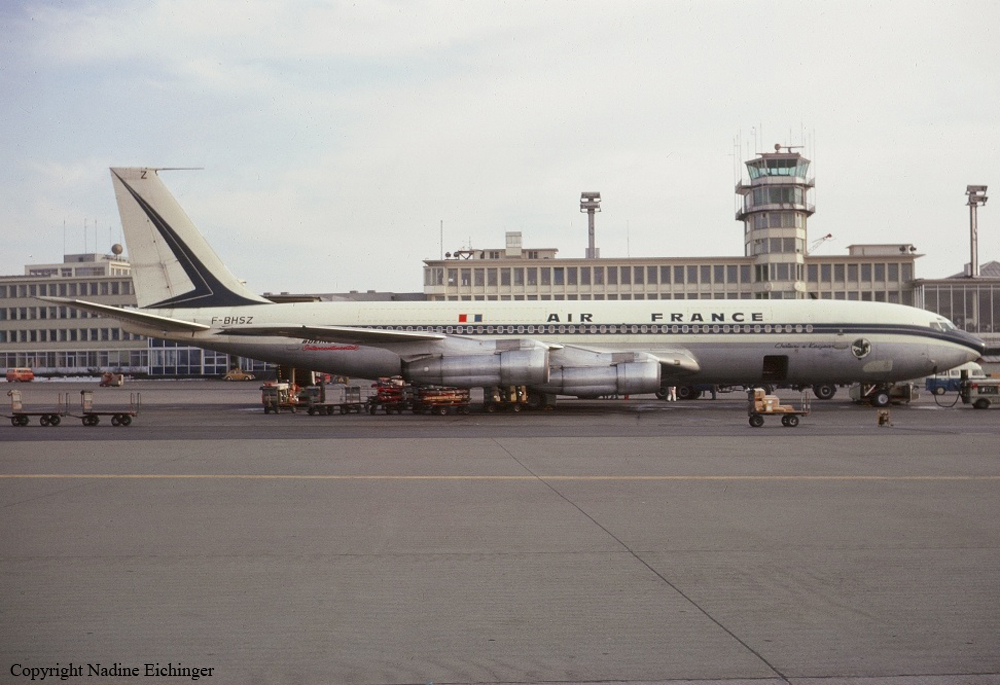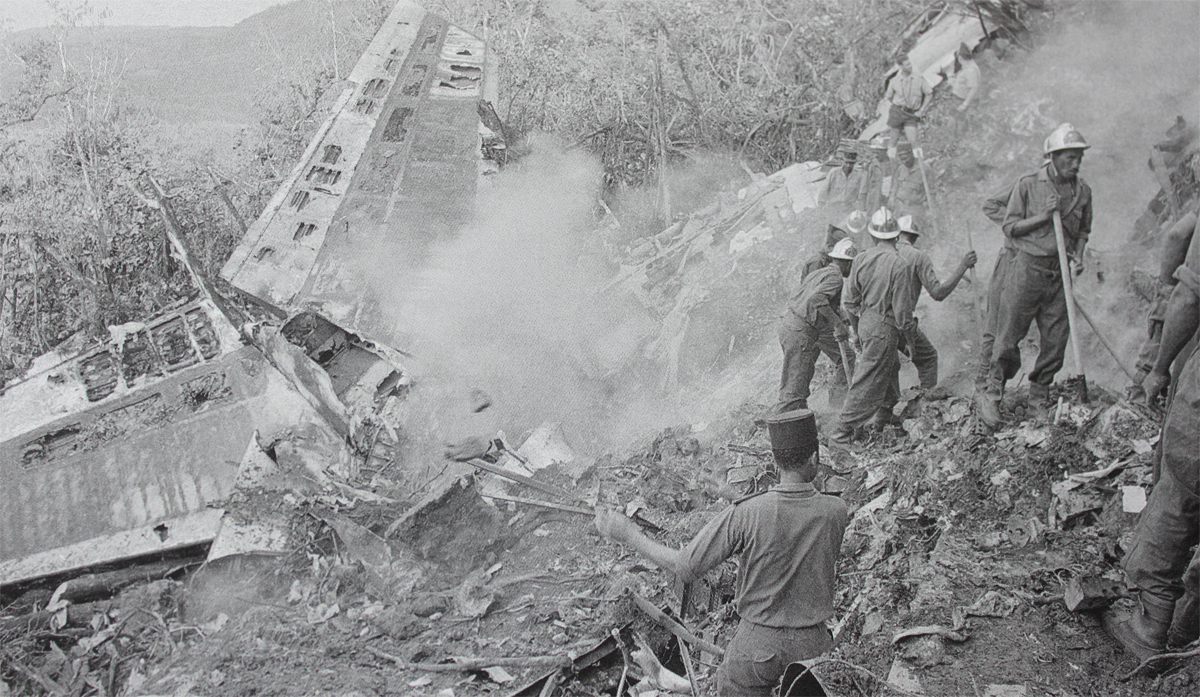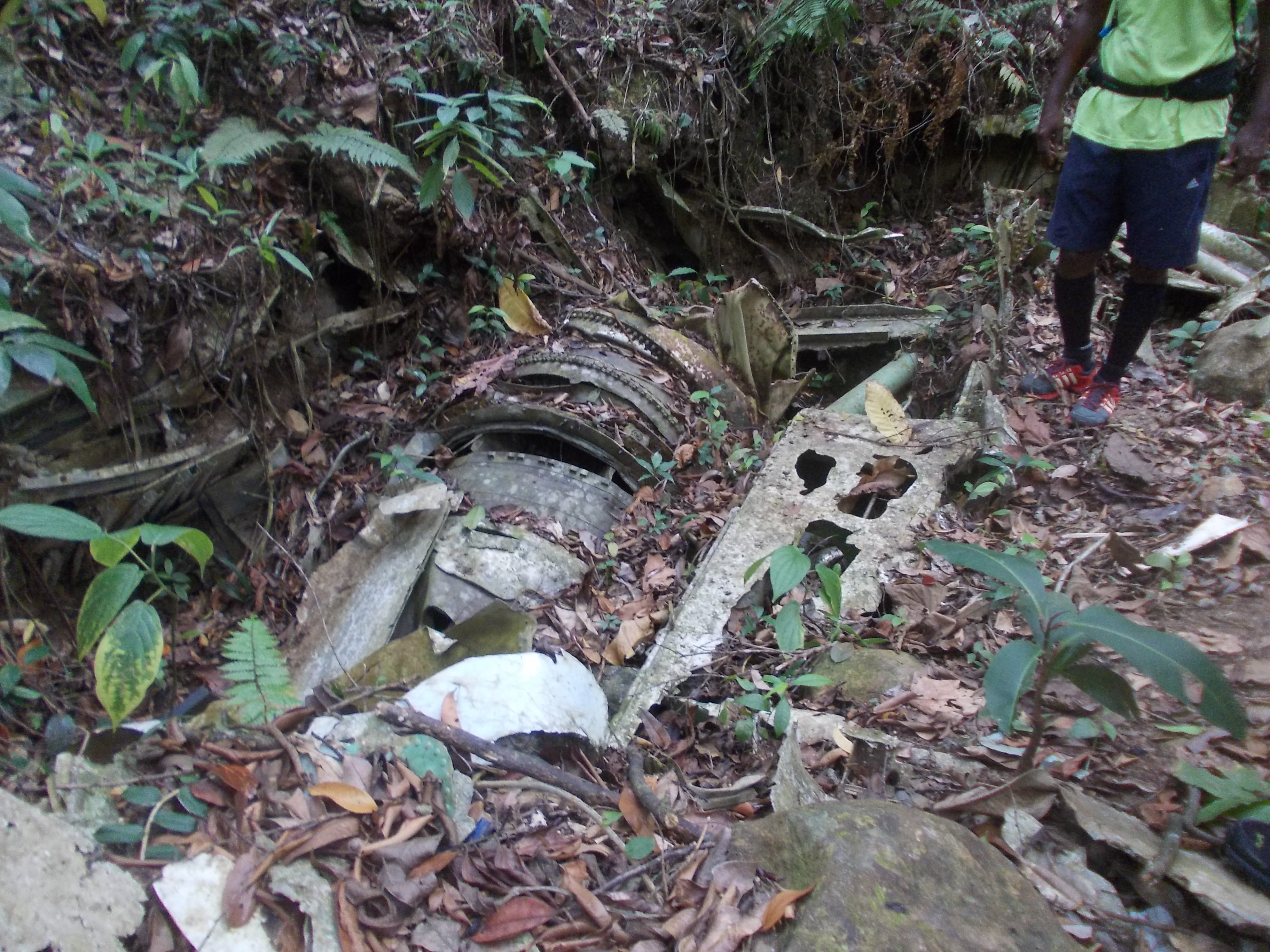Crash of a Beechcraft 1900D on Mt La Selle: 20 killed
Date & Time:
Dec 7, 1995 at 1754 LT
Registration:
F-OHRK
Survivors:
No
Schedule:
Cayenne – Pointe-à-Pitre – Port-au-Prince
MSN:
UE-119
YOM:
1994
Crew on board:
2
Crew fatalities:
Pax on board:
18
Pax fatalities:
Other fatalities:
Total fatalities:
20
Circumstances:
The twin engine aircraft was completing an on-demand charter flight from Cayenne, French Guyana, to Port-au-Prince, Haiti, with an intermediate stop in Pointe-à-Pitre, Guadeloupe, on behalf of the French Government. On board were two pilots, two French policemen and 18 citizen from Haiti. The goal of the flight was to repatriate illegal Haitian immigrants in their country. Following an uneventful flight from Pointe-à-Pitre, the crew was cleared to descend to 4,000 feet for an approach to Port-au-Prince Airport runway 28. In limited visibility due to the night, the crew failed to realize he was not following the correct heading for the airport when the aircraft struck the slope of a mountain located in the La Selle Mountain Range, about 40 km southeast of Port-au-Prince Airport. The wreckage was found at an altitude of 1,533 metres and all 20 occupants were killed.
Probable cause:
Controlled flight into terrain.


